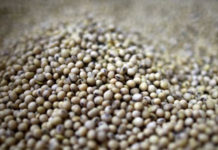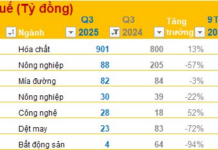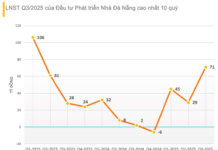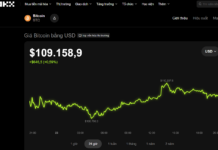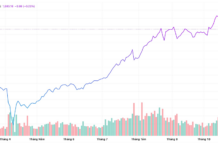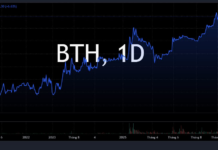The Body Shop is a renowned high-quality, eco-friendly cosmetics brand from England but is currently facing bankruptcy in many markets worldwide.
According to the Financial Times (FT), loose management in the franchising process, higher prices than the market but targeting budget-conscious customers, tightening spending during inflation, and increasing input costs have led to the closure of multiple The Body Shop stores globally.
Moreover, the days of the environmentally friendly chain of stores are over, leaving behind a cosmetics brand that is lost in the younger generation as it is too “old” in reputation and too “expensive” for budget-conscious customers.
Skincare for the elderly?
“Why should The Body Shop continue to operate today?” is the question posed by CEO David Boynton to his employees after the brand was sold to Brazil’s Natura corporation in 2017 for $1 billion with a mountain of debt.
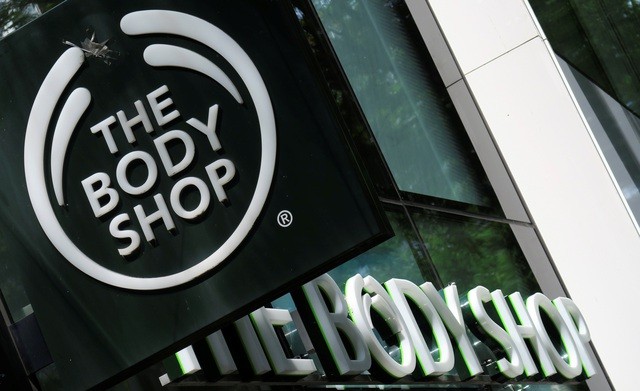
It seemed that this question had been answered by the company, but 6 years later, the cosmetics brand from England had to ask the same question again when it was sold again to France’s L’Oreal corporation for $1 billion and a pile of debt.
“The Body Shop has lost its way and failed to connect with new young consumers, while old fans gradually leave due to difficult economic conditions,” said CEO Catherine Shuttleworth of Savvy.
“For Western youth nowadays, The Body Shop is like a skincare brand for the elderly,” added CEO Diane Wehrle of Rendle Intelligence, sharing the same view.
Once famous for its campaigns against animal testing, eco-friendliness, good quality, and ethical business practices, The Body Shop’s weak management in the franchising strategy has led this 47-year-old brand to decline.
Founded in 1976 by the late social activist Dame Anita Roddick, The Body Shop quickly gained fame in the 1980s-1990s thanks to its environmental protection campaigns and opposition to animal testing.
Linking the brand’s image to ethical business practices has attracted Western users. However, this marketing strategy was quickly imitated by other companies.
The latest example is Aesop, the famous premium soap manufacturer from Australia, with vegan products sold by Natura to L’Oreal under a $2.5 billion agreement earlier this year.
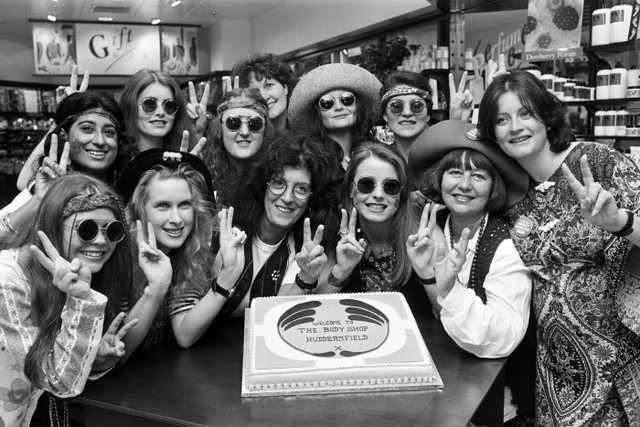
Dame Anita Roddick, The Body Shop Founder, photographed with a fan
“Competition in the cosmetics industry is extremely fierce. The Body Shop is lost when it has to both connect with today’s youth and ensure traditional ethical standards. As a result, many Western youngsters no longer know the cosmetics brand that once made a splash in the 1990s,” said CEO Shuttleworth of Savvy.
Poor quality compared to cheap prices?
The Body Shop had about 2,500 stores in over 70 countries before declaring bankruptcy in the U.S., Belgium, Denmark, Ireland, and closing numerous branches worldwide.
In reality, the brand has struggled with declining sales amid increasing competition and rising inflation over the past few years. Western users tightening their spending have switched to cheaper brands, causing The Body Shop to lose its luster.
According to public records in the UK, the company recorded a pre-tax loss of £71 million in 2022, leading to the recent decision to close 30% of its stores.
The reported revenue of The Body Shop decreased from £507 million in 2020 to £408 million in 2022. The brand’s market share in the UK decreased from 1.4% in 2020 to 0.8% in 2022.
While some experts blame Natura for not knowing how to revive The Body Shop, the brand itself believes that the lack of experience in the retail sector, where customers prioritize product prices, is the fatal weakness.
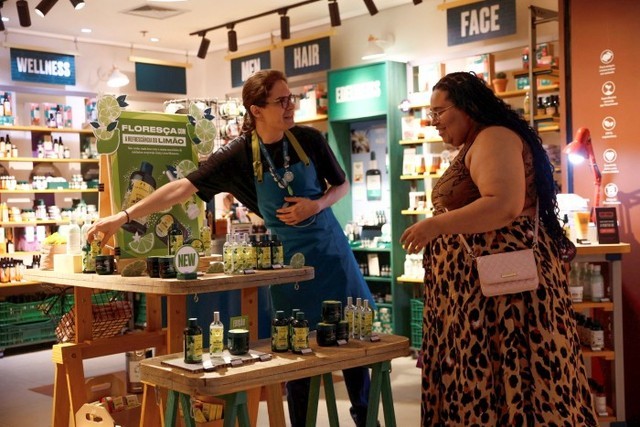
Despite cost-cutting strategies, The Body Shop’s sales continue to present challenges for its management.
Analyst Natalia Van Boxel of GlobalData believes that in difficult economic times like now, The Body Shop should provide even cheaper products.
For comparison, a 100ml jar of chamomile cleansing balm from The Body Shop in the UK is priced at £30, and a 200ml jar of body butter is priced at £19. Meanwhile, similar products at Boots, another cosmetics brand, are priced at £7/100ml and £8/250ml.
“In difficult economic times, consumers don’t care if the product is environmentally friendly, they care if it’s cheap,” said Van Boxel.
Worse, The Body Shop stores only sell products of the brand itself, with fewer choices compared to other retailers. As a result, Western consumers have fewer options, and they are gradually shifting to other stores with more diverse prices.
Furthermore, today’s youths often interact and shop online, making it easy to compare prices and quality, further causing The Body Shop to lose its position against more competitive rivals.
Lost in the dark
According to GlobalData, the skincare market worth $131.5 billion will grow at a compound annual growth rate of over 3% during 2022-2027. Therefore, the collapse of a famous brand like The Body Shop raises questions.
Yahoo News reported that founder Dame Anita initially did not know the concept of “eco-friendly products,” and recycling was simply because they did not have enough containers. It wasn’t until the benefits of linking the brand’s image to environmental protection stimulated sales that this marketing strategy was implemented.
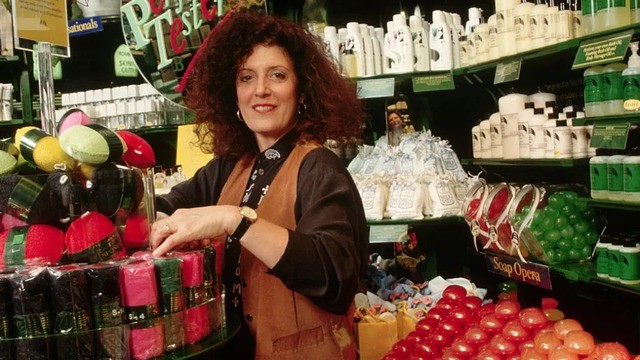
Dame Anita Roddick
From here, the 47-year-old brand actively began building its eco-friendly advantage and developing its high-quality raw materials.
The Body Shop has implemented the Community Trade program since 1987, seeking and cooperating with farmers and partners in rural areas to create good business opportunities, long-term and stable incomes for them.
By implementing this approach, The Body Shop owns clean natural raw materials used to create products such as chamomile from the UK, peppermint oil, and olive oil from Italy, and soybean oil from Brazil.
Currently, The Body Shop cooperates with nearly 30 suppliers and more than 20,000 farmers worldwide.
However, after Anita’s passing in 2007, the brand created by her gradually lost its position as new owners failed to come up with effective business strategies against competitors that learned the “environmental” marketing trick.
What’s worse, the constant change of owners has made The Body Shop’s monitoring system difficult to ensure quality and business strategies for its global franchise system.
Now, The Body Shop is merely a shadow of itself, lost to the Western youth, too expensive for budget-conscious customers, and unworthy of the luxury market.
Source: FT, Yahoo News

